Evaluating the merits of seamless and welded pipes for industrial applications can be a challenge. Their cost difference is typically the most influential factor, and there are a few decisive aspects to bear in mind when making this choice.
Welded pipe offers a cost-saving option due to its use of rolled steel or coils and lower production demands. This makes it the go-to choice for larger applications that require lower labor costs. However, welding materials and labors may be necessary, which can offset the initial cost savings. Nonetheless, welded pipe is still the more economical alternative for most big-scale scenarios.
In contrast to welded pipe, the production of seamless pipe necessitates a more intricate process and therefore costs more. To create the desired shape of the seamless pipe, a single piece of steel is heated until warm and then it is pulled and shaped. This procedure requires specialized machinery and labor, making it more expensive than welded pipe’s production. Additionally, since the lack of welds enhances its resistance to corrosion, as well as augmenting its strength, it is a worthwhile investment.
When it comes to the cost of seamless and welded pipe, variables such as pipe size and material used can make a big difference. It is known that larger diameter pipes will increase expense, as will the costs of materials. For example, stainless steel offers a heightened level of corrosion resistance and strength versus its carbon steel counterpart meaning higher overall costs. Furthermore, the expenses associated with welding materials (like flux and electrodes) should be factored into the final project cost.
Taking into account the cost disparity between seamless and welded pipe, it is critical to contemplate the purpose for which they are intended. For less rigorous tasks in the scope of low-pressure and low- temperature applications, welding is a reasonable yet inexpensive alternative. In comparison to its welded counterpart however, seamless pipe will sustain any higher-pressure and high-temperature conditions due to its elevated strength and resistance to corrosion.
When it comes to determining which type of pipe should be used in a project, the decision will largely come down to cost and the purpose for which it is being used. If one aims to cut costs, welded pipe is likely the preferred choice; however, seamless pipe provides additional strength and corrosion resistance, making it ideal for a variety of applications. It is wise to carefully assess the project and decide which type of pipe will most effectively meet its intended requirement.
With so many materials and connections to pick from, deciding which pipe to use for an application is paramount – not the least of which is picking between a seamless or welded connection. This selection can hugely influence not just the cost of the project, but also its performance and reliability.
Forged from one piece of metal, seamless pipe is created with a process that is intricate and laborious to make, making it a more costly option than welded pipe. Known for its durability and great strength, steel seamless pipe is often used in applications where the pressure or temperature is extreme. These qualities make it the preferred selection for many.
Seamless pipes are typically pricier than welded pipes as their production process is lengthier and requires more labor. The manner in which welded pipes are formed, however, saves money during the manufacturing stage. If flexibility is what you’re looking for, you’re in luck because welding offers just that – the ability to twist and turn the pipe into different shapes and sizes for various applications.
As you weigh up the total cost of your project and compare the price of seamless and welded pipework, it is essential to factor in the cost of labour, supplies, and all other associated costs. Seamless pipe tends to cost more than welded, owing to its advanced fabrication techniques and superior performance; yet, the savings on offer with welded pipe become more considerable when working with large batches.
When it comes to piping, the cost of acquisition is one factor to think about, but performance capability is also key. For applications that require considerable pressure or temperature fluctuations, seamless pipe is often the superior choice because of its formidable ability to withstand heavy usage and offer stability over long stretches. That being said, welded pipes are usually still suitable for low-pressure assignments, but may not be able to keep up with other forms of pipe over time.
When assessing the most expedient route to successful completion of a project, the cost, performance, and durability of seamless and welded pipe should be taken into consideration. On one hand, seamless pipe may seem more costly, however its strength and resiliency make it a worthwhile expense. Alternatively, welded pipe is usually less expensive, although it may not suffice in situations demanding great force or elevated temperatures. In conclusion, after taking into account the specific parameters of a project, the optimal course of action can be determined.
Post time: 2023-07-24
Related Product
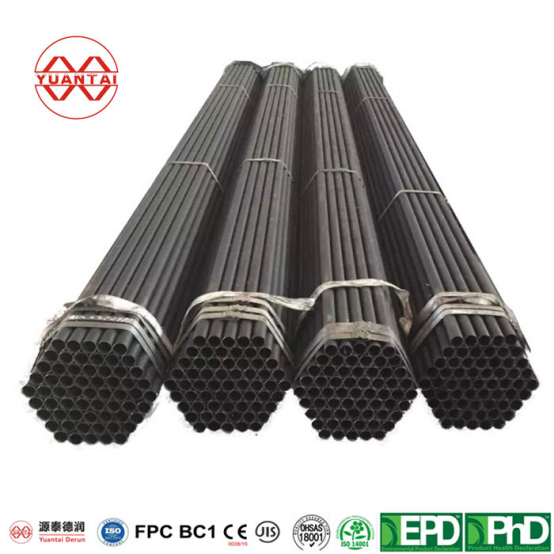
ERW Round Steel Pipe
Standard:Hollow section:ASTM A500/501,EN10219/10210, JIS G3466,GB/T6728/T3094/3091,CSA G40.20/G40.21 Section Shape: round OD(outer meter): 10.3mm-609mm Application: Structural type […]
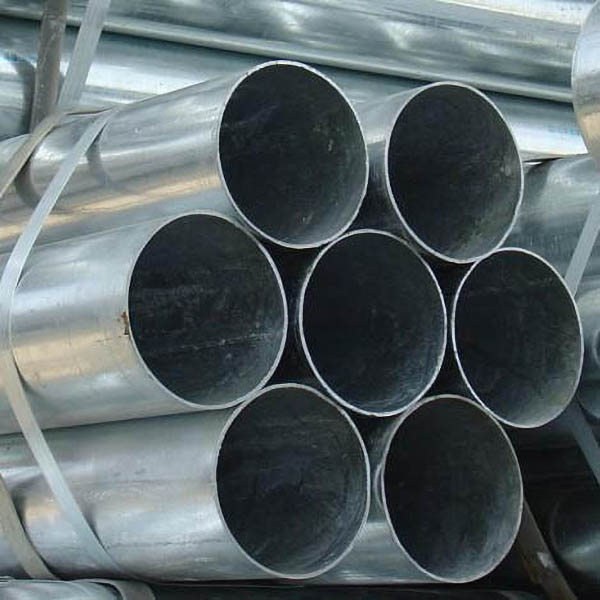
GI Circular Steel Pipe
Galvanized round steel pipe Generally, there are two major categories: pre galvanized round steel pipes and hot-dip galvanized round steel pipes. Hot dip galvanized pipe is to make […]
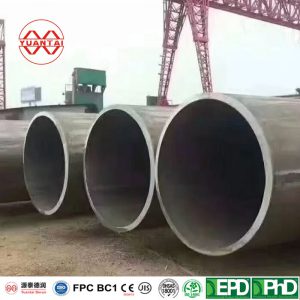
LSAW Steel Pipe(Longitudinally Submerged Arc Welding Tube)
Lsaw Steel Pipe(Longitudinally Submerged Arc Welding Tube) JCOE is a pipe making technology for the production of large diameter thick wall steel pipes. It mainly adopts the produc […]
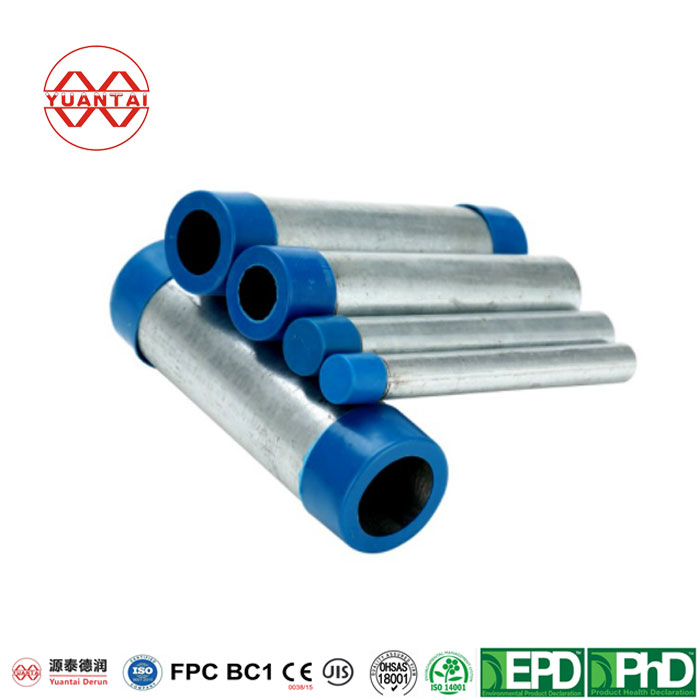
Hot Dip Galvanized Round Steel Pipe
Yuantai Derun Steel Pipe Manufacturing Group produces hot-dip galvanized round steel pipes, which are sold directly by manufacturers, support customization, and have guaranteed qua […]
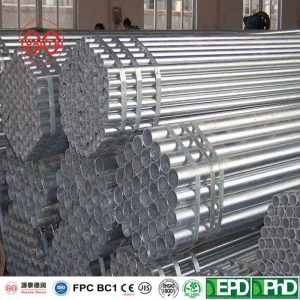
Pre Galvanized Round Steel Pipe
The round pipe with galvanized strip is made of galvanized strip steel, which is generally 0.6MM-2MM. It is processed and formed at one time, with the specification of 15 * 15-100 […]
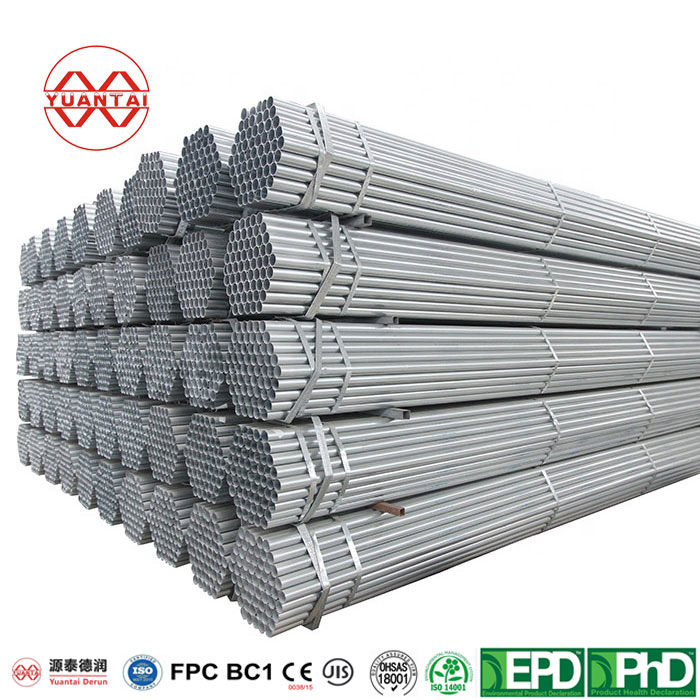
UL797 American Standard Certified EMT Threading Pipe EMT Pipe
OD(outer diameter): 22mm-112mm Thickness: 0.75- 3 mm Place of Origin: Tianjin, China Application: Structural type or fluid transportation Certification:CE,LEED,BV,PHD&EPD,DNV,B […]
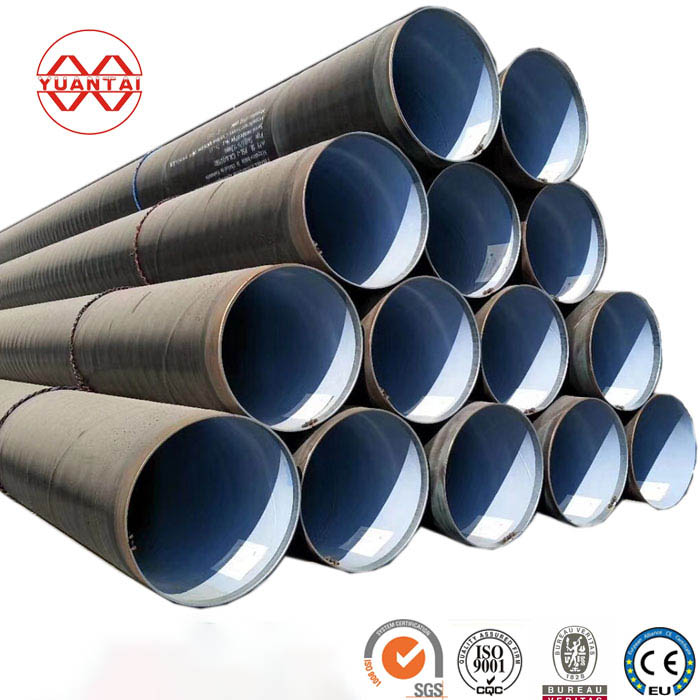
Spiral Welded Steel Pipe
Spiral welded steel pipe introduction Spiral welded steel pipe refers to the steel pipe with joints on the surface, which is welded after the steel strip or steel plate is bent and […]
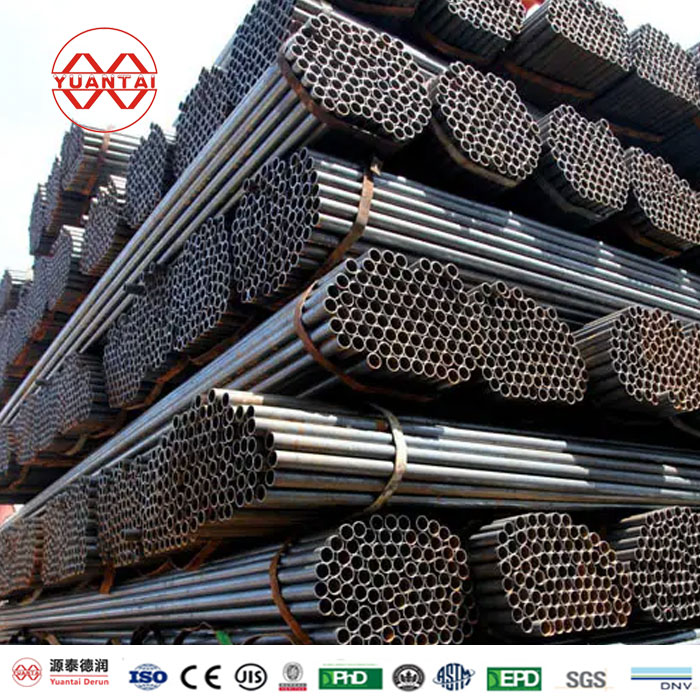
Scaffold Steel Pipe
Introduction to scaffold steel pipe Scaffold steel pipes are generally called scaffold pipes, which is a special term used by people in building or construction. Scaffold steel pip […]
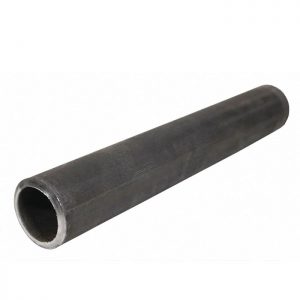
Round Seamless Steel Pipe
Seamless steel pipe is a steel pipe formed by piercing the whole round steel, and there is no weld on the surface, which is called seamless steel pipe. According to the production […]